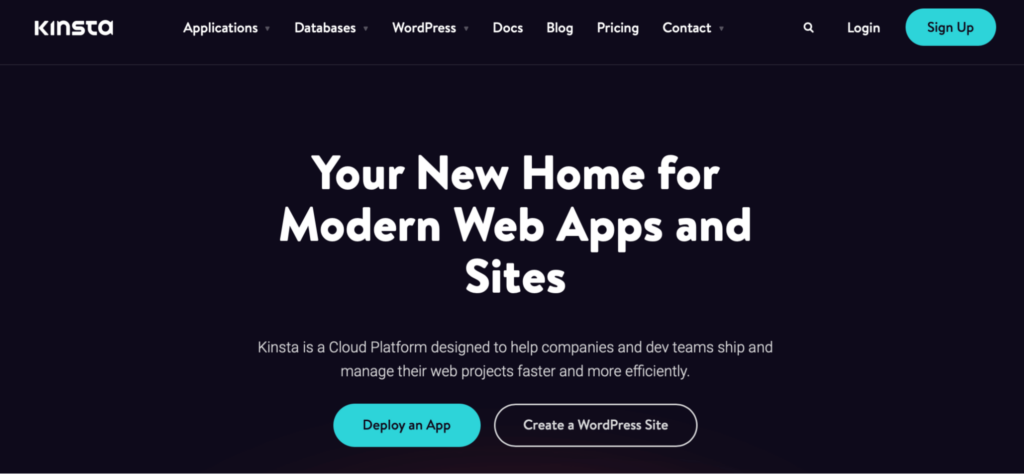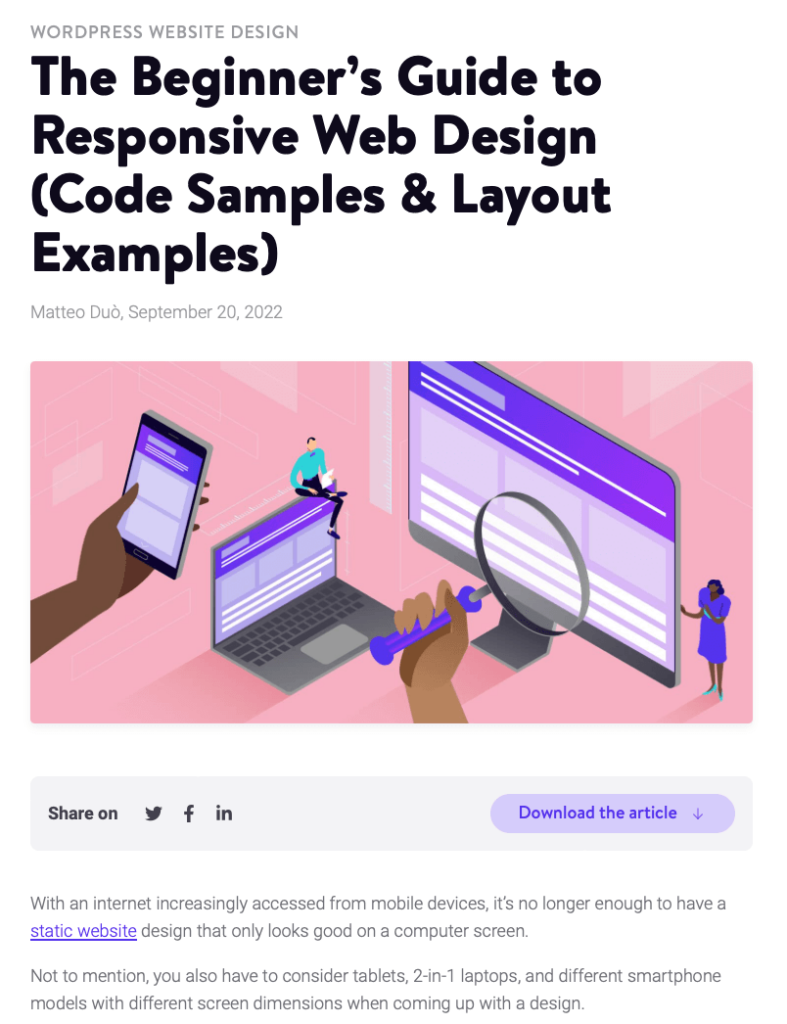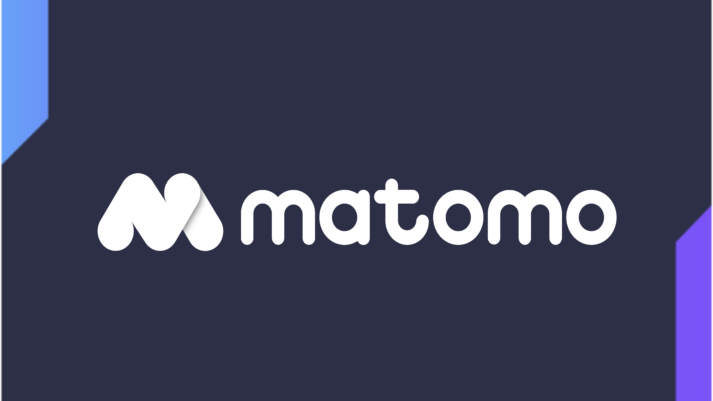When you want to reach new audiences through content marketing, it’s essential to have a strategy that will allow you to reach as many people as possible, even with a single blog post.
Robust optimization, careful selection of keywords, and high-quality long-form content can all help with this, potentially allowing you to rank for an enormous number of keywords with just one outstanding blog post.
That was part of our approach when working with Kinsta, which resulted in over 531 referring domains and ranking for over 5,600 organic keywords in just four posts. And in this Kinsta and Codeless case study, we’ll show you exactly how we did it.
About Kinsta
Kinsta is a cloud-hosting and WordPress platform that helps its clients manage their web projects faster and more efficiently than ever before. It’s used both by large companies— including big names like General Electric— and dev ship teams.

The challenge
Like all B2B, tech, and SaaS brands, Kinsta was up against a lot of tough competition in the search engine results pages (SERPs). And at the time, Kinsta’s then-CMO Brian Jackson wanted to reach new top-of-the-funnel (TOFU) topics to expand the brand’s visibility. The challenge was finding TOFU topics that aren’t boring, dull, and technical, which can be challenging in that niche.
So, they wanted to reach new audiences with high-quality top-funnel content while still retaining the in-depth, knowledgeable content that Kinsta was known for. They came to us to help with that.
The strategy
When working with Kinsta, we devised a strategy that would allow us to create a decent volume of high-quality content to reach audiences at the very top of the funnel. We jumped into their Trello-based content workflow as soon as we had a strategy ready to go.
We knew that this content needed to:
- Engage audiences with topics relevant within Kinsta’s industry
- Create long-form, in-depth content that would rank well and answer all of a user’s search queries
- Optimize the content properly to ensure that it’s easily digestible and easy for users to act on
Here’s the process we followed:
1. Focused on top-of-the-funnel long-form guides
Long-form content was going to be essential to creating content that both supported Kinsta’s brand reputation as an industry authority and that was capable of ranking well in the SERPs.
While you don’t necessarily need to write more than 1,000 words to hit a top-ranking position in the search results, after all, some topics do require a much higher word count to answer a user’s search intent thoroughly— and those that do will rank better.
Many topics in Kinsta’s vertical required long-form guides to meet that criteria.
So, we wrote multiple long-form guides per month, which averaged over 3,000 words each. We stuck to TOFU topics and opted for “Ultimate Guide”-style content that was directly or even indirectly relevant to Kinsta’s industry.
An example includes “The Beginner’s Guide to Responsive Web Design,” which takes users through every part of the process, provides all information needed to get started, and even asks big questions like why responsive web design is so important.

2. Conducted intensive keyword research
Our keyword research process accounted for several different goals, including the following:
- Identify keyword terms that Kinsta’s competition was ranking for so we could try to outperform them
- Look for high-volume keywords that were well-suited to “ultimate guide” content
- Search for keyword terms that opened up new topics to help match more search intent
A core goal was to optimize every piece of content we wrote for as many relevant, high-volume keywords as possible. While we would choose a single primary keyword, we had expansive lists of secondary keywords we included in briefs to be added to everything from headings to meta descriptions to the text itself.
3. Assessed search intent carefully
It doesn’t matter how well you rank if you’re not able to give readers what they’re looking for once they click. You must understand what readers are looking for when searching for specific keywords in order to deliver that with your content, which is where assessing search intent comes into play.
We used tools like Ahrefs and Frase to ensure we delivered on search intent for every post. This helped us not only to write relevant content, but also to line up the right primary and secondary keywords with every post created.
4. Prioritized readability
With any ultimate guide or particularly long-form content, it’s crucial that you maintain readability. This means that the content is properly formatted so that the post is still digestible and even scannable. You need to create a strong reader experience, and formatting is a huge part of that.
We had guidelines in place for our writers so that each long-form post included:
- A table of contents with jump links
- Custom images that were relevant to the post and that illustrated the topics
- Internal linking to other relevant resources
- Video embedding where relevant
- Relatively short paragraphs
- Plenty of keyword-optimized headings, including H2s, H3s, and H4s
- Utilizing formatting like bullet lists as needed
- Breaking up content with features like “click to tweet” buttons
You can see an example of this formatting in the post 30+ Best Web Safe Fonts:

5. Hired writers who were advanced SaaS subject matter experts
The majority of the content we wrote required advanced technical knowledge, even though it was geared towards top-of-the-funnel readers.
And since Kinsta already had a well-established and widely respected reputation and was known for great content, it was essential to continue delivering that high-level authoritative content their audience was used to.
As a result, we hired exclusively writers for this project that had advanced SaaS writing experience. Only subject matter experts worked on Kinsta’s content, and all of our editors who worked on the project were subject matter experts themselves.
This allowed us to offer accurate and in-depth content that many other agencies wouldn’t have been able to create.
6. Added in-line CTAs to convert readers
Top-of-the-funnel content typically focuses on introducing readers to your brand and your content, but that doesn’t mean that you shouldn’t optimize the content to convert those readers if they’re ready to take action.
As a result, the guides included in-line CTAs to convert readers to free trials. While information and education were the core focus of most of the content we created, this allowed Kinsta to generate more sales-focused results for the client in addition to ranking and reach.
The results
Over multiple years of working with Kisnta, we’ve helped them create an extensive library of long-form content. From January 2018 to May 2020 alone, they went from well under 250k visits per month to 1,351,949 visits per month.

One of the most powerful ways to assess our impact is to consider that just four individual posts are currently ranking for over 5,621 organic keywords by themselves and that those four posts also have 531 referring domains.
Here are a few examples:
- The blog post “Beginner’s Guide to Responsive Web Design” has 700 backlinks, 210 referring domains, and ranks for 1,700 organic keywords
- The post “10 Best Video Hosting Solutions to Consider in 2023” has 175 referring domains, ranks for 2,200 organic keywords, and ranks #1 for the keyword “video sharing platforms” (which has a search volume of 1,200)
- The post “30+ Best Web Safe Fonts for Your Next Design in 2023” has 303 backlinks, 121 referring domains, and ranks for 1,443 organic keywords
- The post “What is Google Cache? Everything Website Owners Need to Know” has 25 referring domains, ranks for 278 organic keywords, and ranks on the first page for “google cache” (which has a monthly search volume of 6,100)
What the client had to say
After a few months of working together, here’s what Brian Jackson had to say:
“Good quality content is just hard to find these days, and that’s a fact. Having published on some of the biggest sites in the industry, Codeless’ team knows exactly what does and doesn’t work. Save yourself time and get content that actually works!”
Final thoughts
Long-form content can be invaluable in a content marketing strategy, but only when it meets the following criteria:
- Strategically optimized for diverse keywords
- Aligns with search intent
- Prioritizes readability
- Includes internal links, including CTAs, to drive users to the right places
Our case study with Kinsta shows the massive impact this type of content can have, and we can help you get the same results.
Want to learn more about how we work? Book a call with us here.






